From ancient wonders to modern marvels, the world is full of buildings and sites of great historical significance. Discover the timeless allure of historical landmarks around the world and uncover the secrets and stories etched into the very fabric of our human heritage. From the grandeur of architectural triumphs, to the echoes of momentous events, these are reminders of the extraordinary individuals who left an indelible mark on our shared past.
1. The Great Wall of China
Location: China
Best Time to Visit: Spring (April to May) and Autumn (September to November)
Suggested Duration: At least half a day
The Great Wall of China spans over 13,000 miles and dates back to the 7th century BC. Its primary purpose was to serve as a formidable defensive fortification against invasions from nomadic tribes, particularly the Mongols and other northern tribes. Over time, the Great Wall has become a symbol of the nation's strength and resilience against invaders.
Historical Significance: The longest wall in the world, with watchtowers and fortifications dating back to the Ming Dynasty.
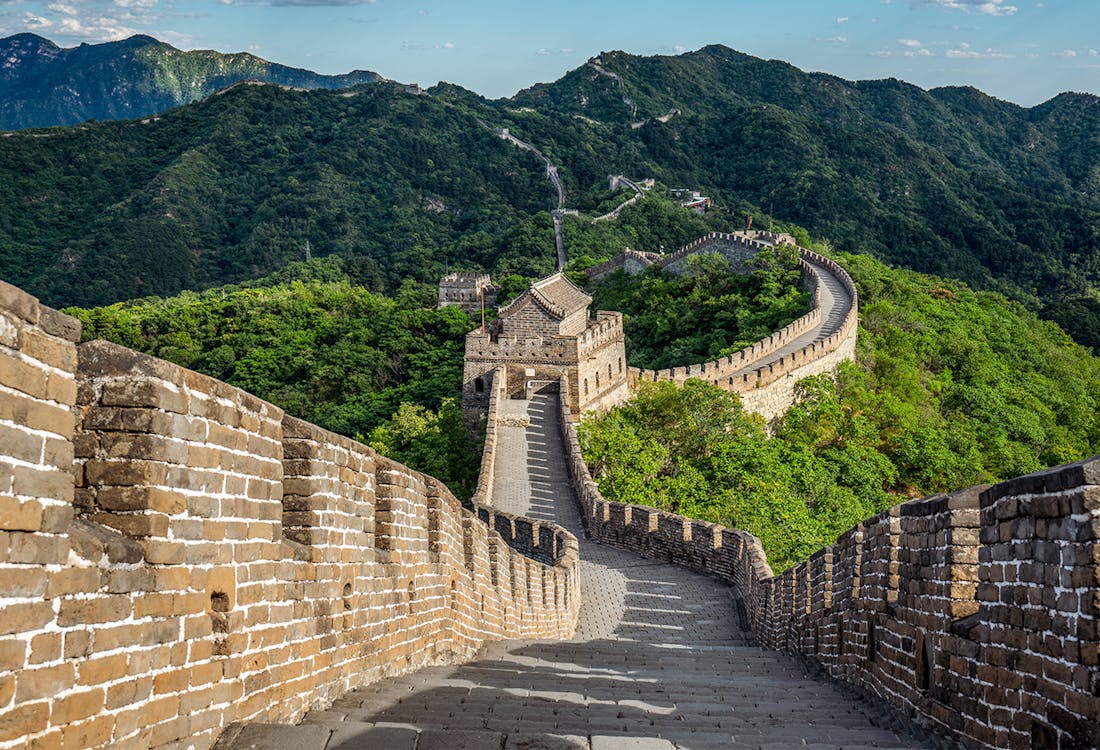
2. The Colosseum
Location: Rome, Italy
Best Time to Visit: Spring (April to May) and Autumn (September to November)
Suggested Duration: 2-3 hours
The Colosseum is an iconic amphitheater that dates back to AD 80 and is considered one of the greatest engineering feats of the Roman Empire. The historic significance of the Colosseum lies in its role as the amphitheater where spectacles, such as gladiatorial contests and public events, took place, showcasing the grandeur and power of the Roman Empire.
Historical Significance: The world's largest amphitheater, famous for gladiator contests and public spectacles.
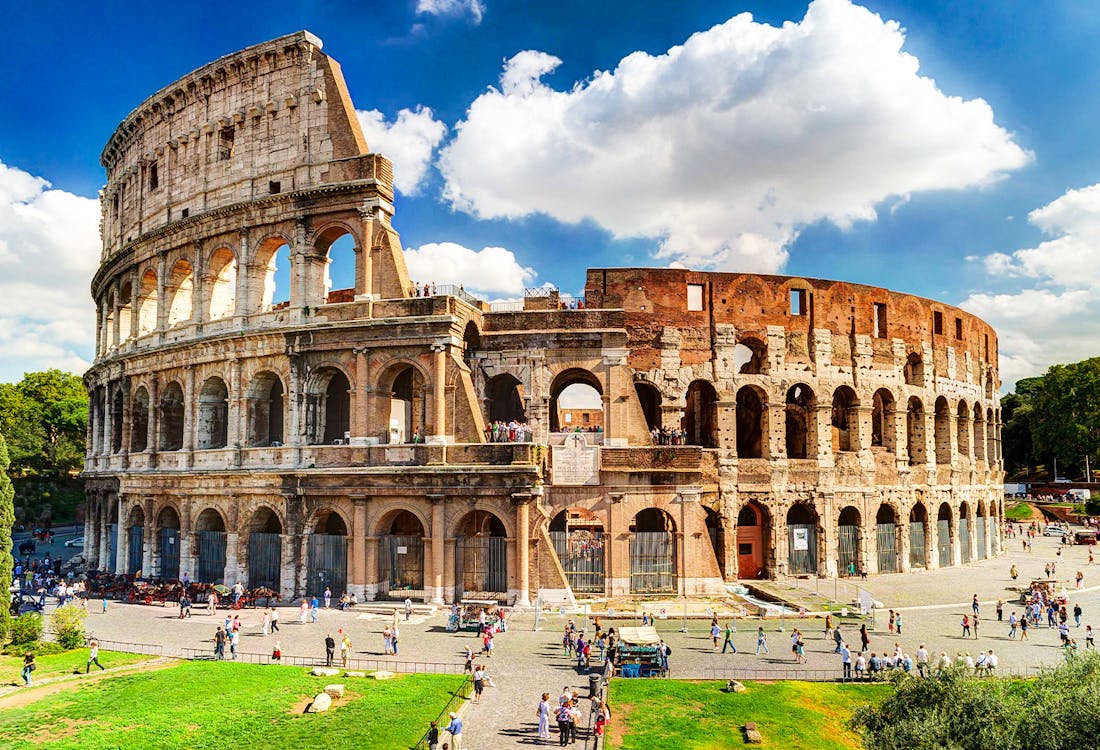
3. Machu Picchu
Location: Cusco, Peru
Best Time to Visit: May to October when the weather is dry
Suggested Duration: At least a full day
A preserved ancient Incan citadel nestled in the Andes Mountains of Peru, Machu Picchu was hidden from the world until its rediscovery in 1911. Recognized as a UNESCO World Heritage site, it has become an iconic symbol of Peru's cultural heritage, captivating visitors with its enigmatic ruins, stunning mountain backdrop, and a profound connection to the ancient Andean civilization.
Historical Significance: An ancient Inca site with impressive engineering and architecture that has stood the test of time.

4. Pyramids of Giza
Location: Cairo, Egypt
Best Time to Visit: Winter (November to February)
Suggested Duration: At least half a day
The Pyramids of Giza are a testament to the grandeur and engineering of ancient Egypt. The Great Pyramid of Giza, the largest of the three pyramids, was built over 4,500 years ago and is considered one of the Seven Wonders of the Ancient World.
Historical Significance: Colossal structures built over 4,500 years ago without modern-day technology.
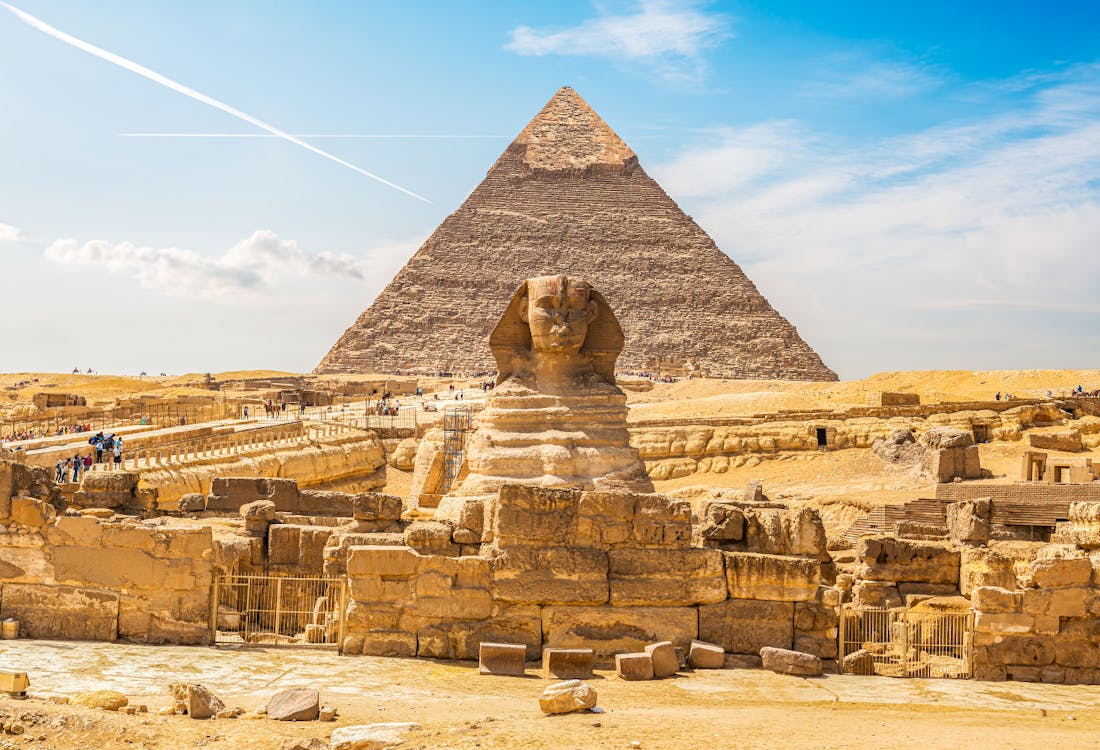
5. The Taj Mahal
Location: Agra, India
Best Time to Visit: October to March
Suggested Duration: At least half a day
The Taj Mahal is a mausoleum that was built by Mughal emperor Shah Jahan in memory of his wife Mumtaz Mahal. Built with white marble, the Taj Mahal is known for it's intricate carvings and iconography. Its exquisite design, influenced by Persian, Indian, and Islamic styles, represents the pinnacle of Indo-Islamic architecture.
Historical Significance: A masterpiece of Mughal architecture with intricate calligraphy, marble carvings, and floral designs.
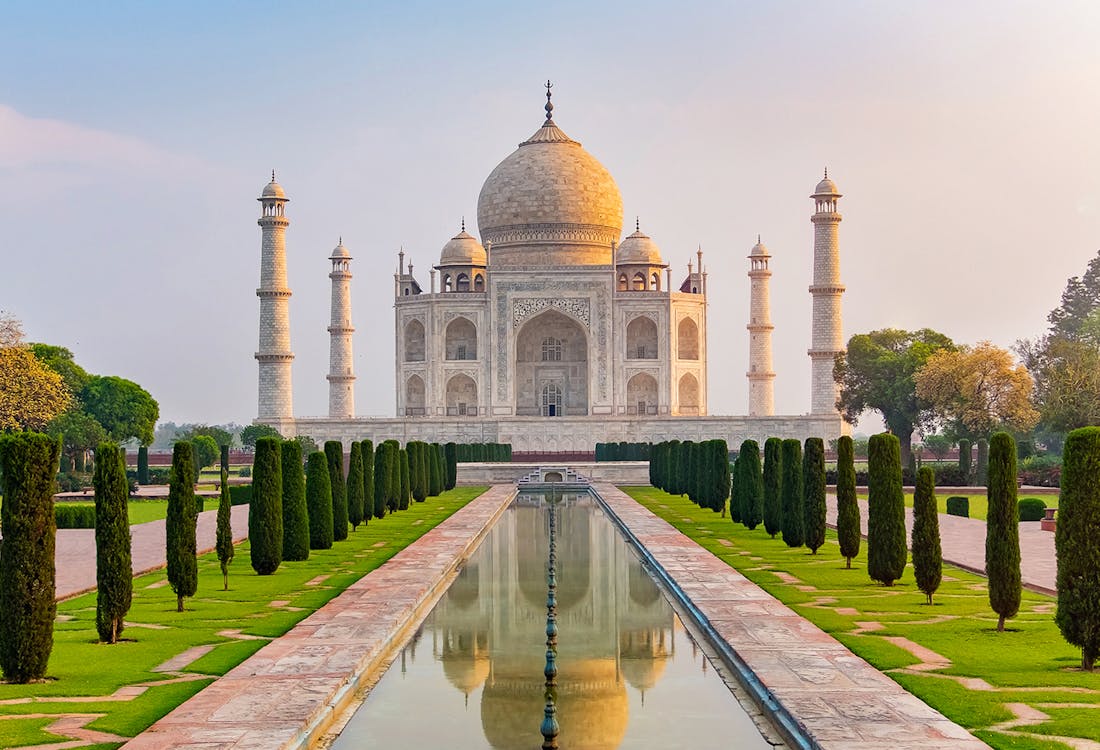
6. Ma'an Governorate
Location: Jordan
Best Time to Visit: Spring (March to May) and Autumn (September to November)
Suggested Duration: Full day
The ancient Nabatean cities served as important trade hubs and cultural centers, showcasing the remarkable architectural and engineering skills of the Nabatean civilization. The Ma'an Governorate's historical importance lies in its preservation of these unique sites, providing insights into the region's rich past and contributing to our understanding of ancient civilizations.
Historical Significance: A hidden city with intricate rock-cut architecture and a water conduit system, surrounded by canyons and rock formations.
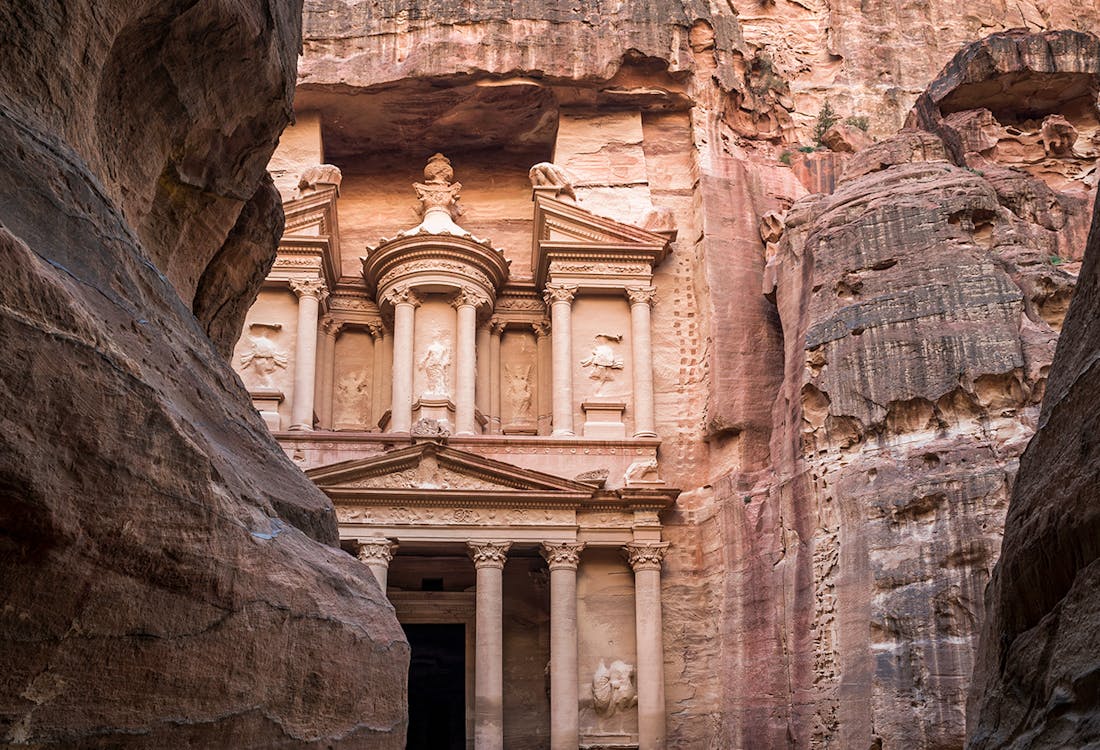
7. The Acropolis
Location: Athens, Greece
Best Time to Visit: Spring (April to June) and Autumn (September to November)
Suggested Duration: 3 Hours
Dating back to the 5th century BC, the Acropolis embodies the democratic spirit of Ancient Greece. Not only an example of fine classical Greek architecture and sculptural craftsmanship, it was once a thriving centre in Ancient Athens for cultural and civic ceremonies.
Historical Significance: A citadel with iconic structures including the Parthenon, the Temple of Athena Nike, and the Erechtheion, symbolizing ancient Greece's cultural and architectural achievements.

8. Angkor Wat
Location: Siem Reap, Cambodia
Best Time to Visit: November to February
Suggested Duration: Full day
Angkor Wat is a temple complex that dates back to the 12th century and is considered one of the largest religious monuments in the world. Serving as the political and religious capital, Angkor Wat is deeply tied to Cambodian identity, portraying Hindu and Buddhist influences through intricate bas-reliefs and stunning architectural features.
Historical Significance: One of the largest religious monuments in the world, built in honor of the Hindu god Vishnu.

9. The Alhambra
Location: Granada, Spain
Best Time to Visit: November to February
Suggested Duration: Spring (April to May) and Autumn (September to October)
The Alhambra is a fortress complex that dates back to the 13th century and is a testament to the Islamic architecture and art of the Nasrid dynasty. A UNESCO World Heritage Site and a testament to Spain's rich cultural heritage, the Alhambra showcases intricate geometric patterns, exquisite stucco work, magnificent tilework, serene courtyards, and beautiful gardens.
Historical Significance: A palace and fortress complex from the Nasrid Dynasty, which fell to the King Ferdinand and Isabel of Castille during the Spanish Inquisition.

10. The Forbidden City
Location: Beijing, China
Best Time to Visit: Spring (April to May) and Autumn (September to November)
Suggested Duration: Half a day
The Forbidden City's uniqueness lies in its vast scale, intricate design, and preservation of traditional Chinese architecture. With over 9,000 rooms, it showcases exquisite craftsmanship, vibrant color schemes, and symbolic elements that reflect Chinese cosmology and imperial power.
Historical Significance: Built during the Ming Dynasty in the 15th century, the Forbidden City served as the imperial palace for successive Chinese emperors for over 500 years.
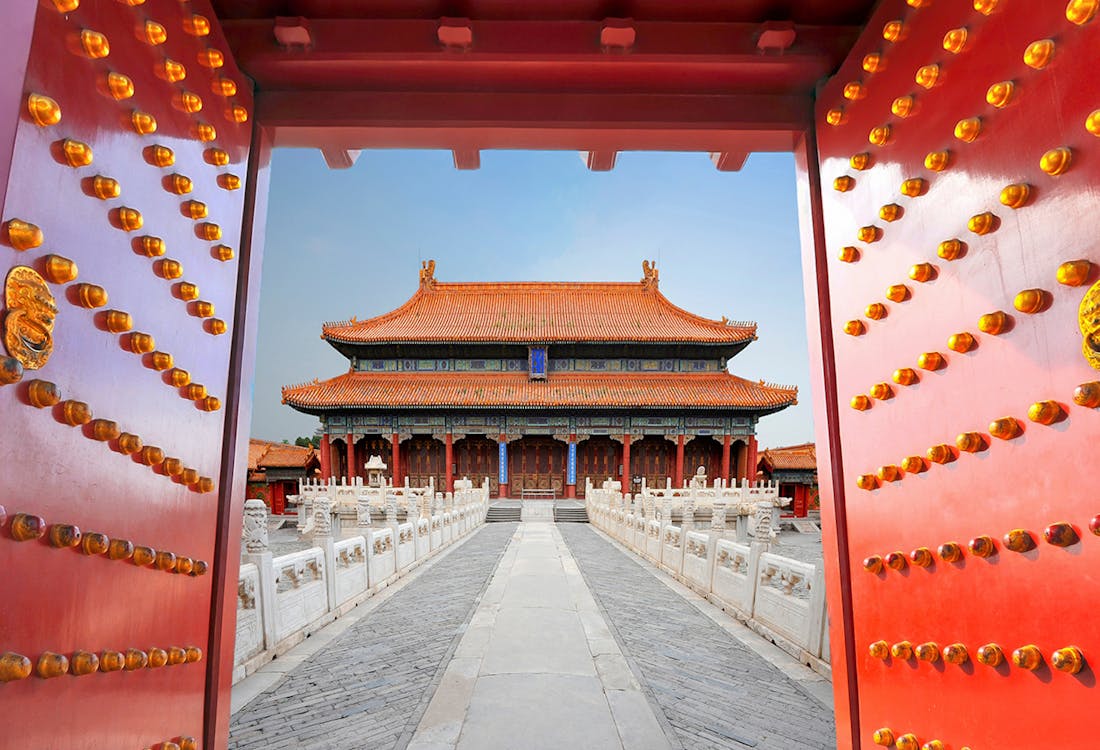
11. The Palace of Versailles
Location: Versailles, France
Best Time to Visit: Spring (April to June) and Autumn (September to November)
Suggested Duration: Half a day
The Palace of Versailles was the royal residence of French kings from the 17th to the 18th century. Built during the 17th century, it exemplifies grandeur and extravagance, featuring breathtaking architecture, meticulously landscaped gardens, and lavish interior decorations. The palace served as the seat of political power under King Louis XIV, known as the Sun King.
Historical Significance: One of the finest and best preserved examples of Baroque architecture.
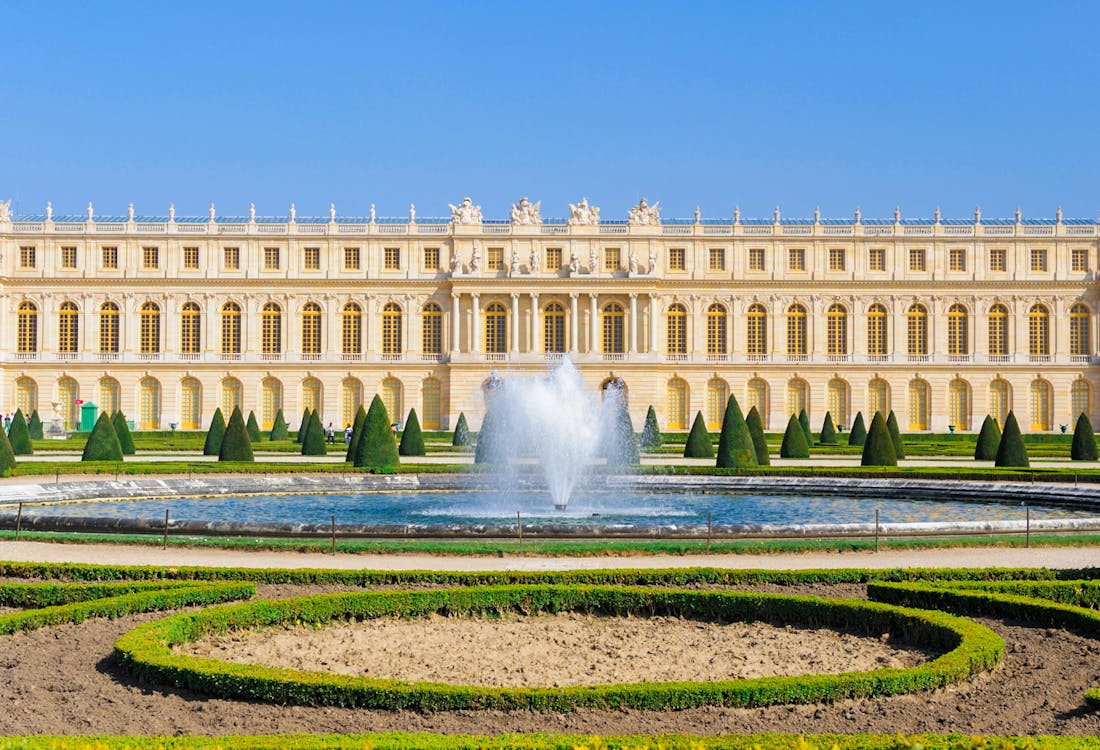
12. The Roman Forum
Location: Rome, Italy
Best Time to Visit: Spring (April to May) and Autumn (September to November)
Suggested Duration: 3 Hours
The Roman Forum was the political and economic center of ancient Rome. The Forum features a collection of magnificent ruins, including temples, basilicas, and arches, which offer glimpses into the architectural and engineering skills of the Ancient Romans.
Historical Significance: The political and economic center of ancient Rome, with iconic structures including the Temple of Saturn, the Arch of Titus, and the Basilica of Maxentius.
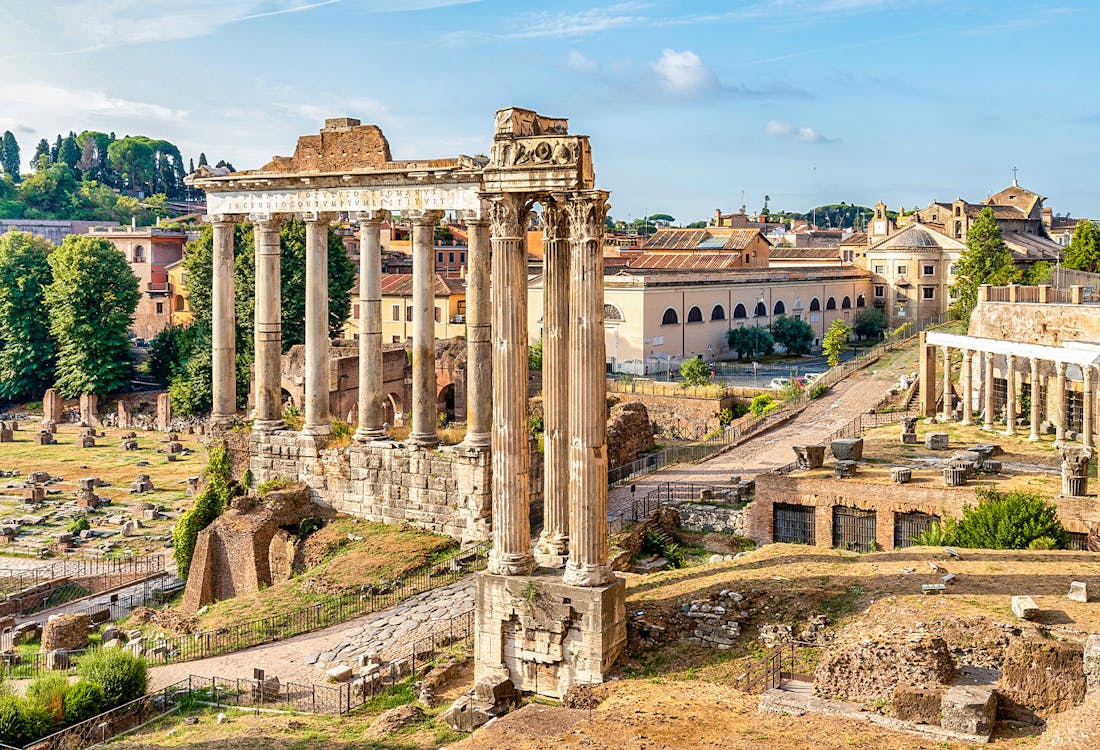
13. Hagia Sophia
Location: Istanbul, Turkey
Best Time to Visit: Spring (April to May) and Autumn (September to November)
Suggested Duration: Half a day
The Hagia Sophia is a former Byzantine church and Ottoman mosque that dates back to the 6th century. Originally built as a Byzantine cathedral in the 6th century, it later served as an imperial mosque and now stands as a museum. Having exchanged hands, the Hagia Sophia showcases a unique blend of Byzantine and Ottoman architectural styles, featuring its grand dome, intricate mosaics, and massive buttresses.
Historical Significance: A former Byzantine church and Ottoman mosque with exquisite architecture, mosaics, and frescoes, showcasing Turkey's rich cultural heritage.
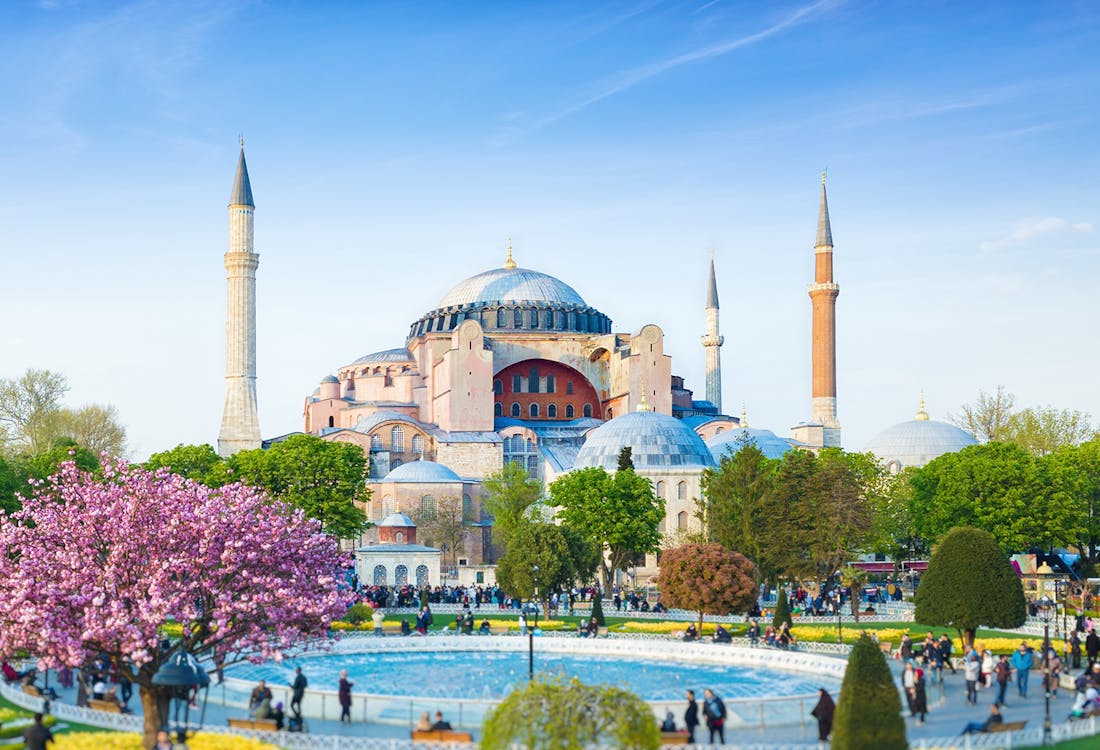
14. Tower of London
Location: London, England
Best Time to Visit: Spring (April to June) and Autumn (September to November)
Suggested Duration: Half a day
The Tower of London served as a residence for monarchs, safeguarded the Crown Jewels, and housed prisoners of high stature, including Anne Boleyn and Sir Walter Raleigh. The Tower of London is particularly renowned for the chilling tales of the executions that took place within its walls.
Historical Significance: The Tower of London is now a museum that now houses a lot of the medieval torture devices. A visit will give you an understanding of the punishments meted out in medieval England.

15. The Pantheon
Location: Rome, Italy
Best Time to Visit: Spring (April to May) and Autumn (September to November)
Suggested Duration: 2 hours
The Pantheon is an ancient Roman temple that dates back to AD 125 and is a testament to the engineering and architectural skills of the Roman Empire. The largest unreinforced concrete dome ever constructed, its innovative design incorporates a central oculus, allowing natural light to fill the interior, creating a breathtaking interplay of light and shadow. The Pantheon served as a temple dedicated to multiple Roman deities and later transformed into a Christian church, adding to its historical and religious significance.
Historical Significance: Its most distinctive feature is its massive dome, which remains the largest unreinforced concrete dome ever constructed.



